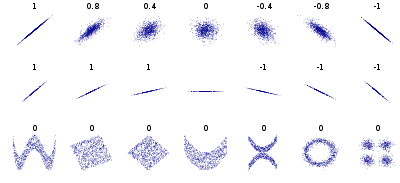Github Repository : https://github.com/tuxdna/jcalltracer
This post is about getting jcalltracer to work (on ubuntu 12.04, though everything here is pretty general).
I chose it because it works by storing information on disk instead of trying to do everything in memory, so probably scales a little bit better. Also, there wasn't a lot of competition, I couldn't find that many free alternatives. It was simple to use and worked for me.
Clone the repo. Make sure you have all the prerequisites defined on the repo page.
On calling "make" I got an error, "/usr/bin/ld: cannot find -ldb" .
I had to install libdb-dev to get rid of that error.
# Run your java program, change filterList to the package name of your interest, once jvm exits, this will produce all the necessary raw information.
I found it very hard to read information from the images for big (really big) call chains. Raw tree xml file is more useful, when opened in a viewer that can display xml as a tree and you can expand/collapse elements, I simply used eclipse to view the xml.
This post is about getting jcalltracer to work (on ubuntu 12.04, though everything here is pretty general).
I chose it because it works by storing information on disk instead of trying to do everything in memory, so probably scales a little bit better. Also, there wasn't a lot of competition, I couldn't find that many free alternatives. It was simple to use and worked for me.
Clone the repo. Make sure you have all the prerequisites defined on the repo page.
On calling "make" I got an error, "/usr/bin/ld: cannot find -ldb" .
I had to install libdb-dev to get rid of that error.
sudo apt-get install libdb-devSee bin/test.sh for instructions on how to use. It is self explanatory except for following..
# Run your java program, change filterList to the package name of your interest, once jvm exits, this will produce all the necessary raw information.
java -agentpath:./libjct.so=filterList=com.test,traceFile=calltrace.log -cp test-src com.test.HelloWorld# generate sequence diagram "tree" in xml files, one per thread
bin/tree.rb# convert sequence diagram tree to image. personally, instead of using the for loop, you should do a grep on xml files to find threads of interest and just generate images for those threads. you might have to specify more memory using -Xmx for bigger trees
for f in thread-*.xml do java -jar java/dist/calltrace2seq.jar -i $f -o output/ -f $f doneAll the sequence diagrams would be now in output/ directory.
I found it very hard to read information from the images for big (really big) call chains. Raw tree xml file is more useful, when opened in a viewer that can display xml as a tree and you can expand/collapse elements, I simply used eclipse to view the xml.






